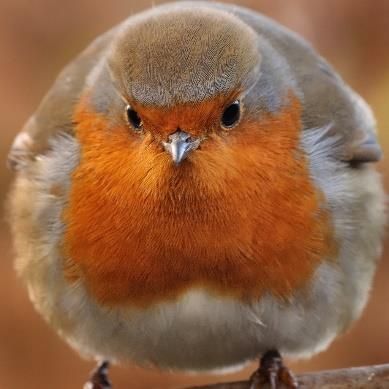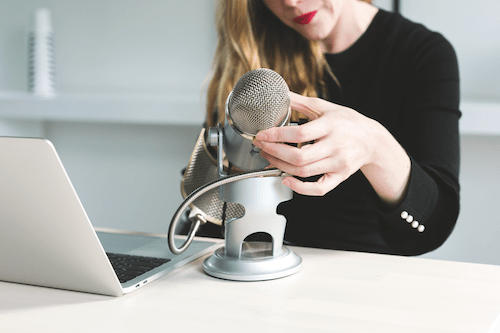
Each autumn as many birds begin epic journeys to warmer climates, there are always some species that stay put for the winter. These winter birds have a better chance of maintaining their territory year-round, and they avoid the hazards of migration. But in exchange they have to endure the cold.
Birds are warm blooded, which means their bodies maintain a constant temperature, often around 106 degrees Fahrenheit.
Sparrows seek out shelter in dense foliage or cavities to avoid the elements. They also huddle, bunching together to share warmth, and try to minimize their total surface area by tucking in their head and feet and sticking up their feathers. Cardinals and other smaller birds puff up into the shape of a little round beach ball to minimize heat loss.
Birds put on fat as both an insulator and energy source: More than 10 percent of winter body weight may be fat in certain species, including chickadees and finches. As a result, some birds spend the majority of their daylight hours seeking fatty food sources.
Chickadees are tough winter survivors. They can't put on too much bulk for aerodynamic reasons. Instead, they shiver by activating opposing muscle groups, creating muscle contractions without all of the jiggling typical when humans shiver. This form of shaking is better at retaining the bird's heat.
Keeping warm when the sun is up is one thing, but at nightfall the temperatures drop. Some birds save energy by allowing their internal thermostat to drop. Hummingbirds undergo torpor nightly as their body temperature drops close to outside temperatures. But torpor is not too common in winter birds, because the morning warm up would take too much extra energy. Instead, black-capped chickadees and other species undergo a more moderate version, reducing their body temperature as much as 22 degrees Fahrenheit from their daytime level.
One simple way to help birds is to hang feeders. To attract a diversity of birds, select different feeder designs and a variety of foods. A tube feeder filled with black oil sunflower or mixed seeds will attract chickadees and finches. Woodpeckers devour suet feeders. And a safflower or sunflower-filled hopper feeder entices the usual visitors plus larger birds like cardinals and red-winged blackbirds.
Courtesy National Audubon Society

